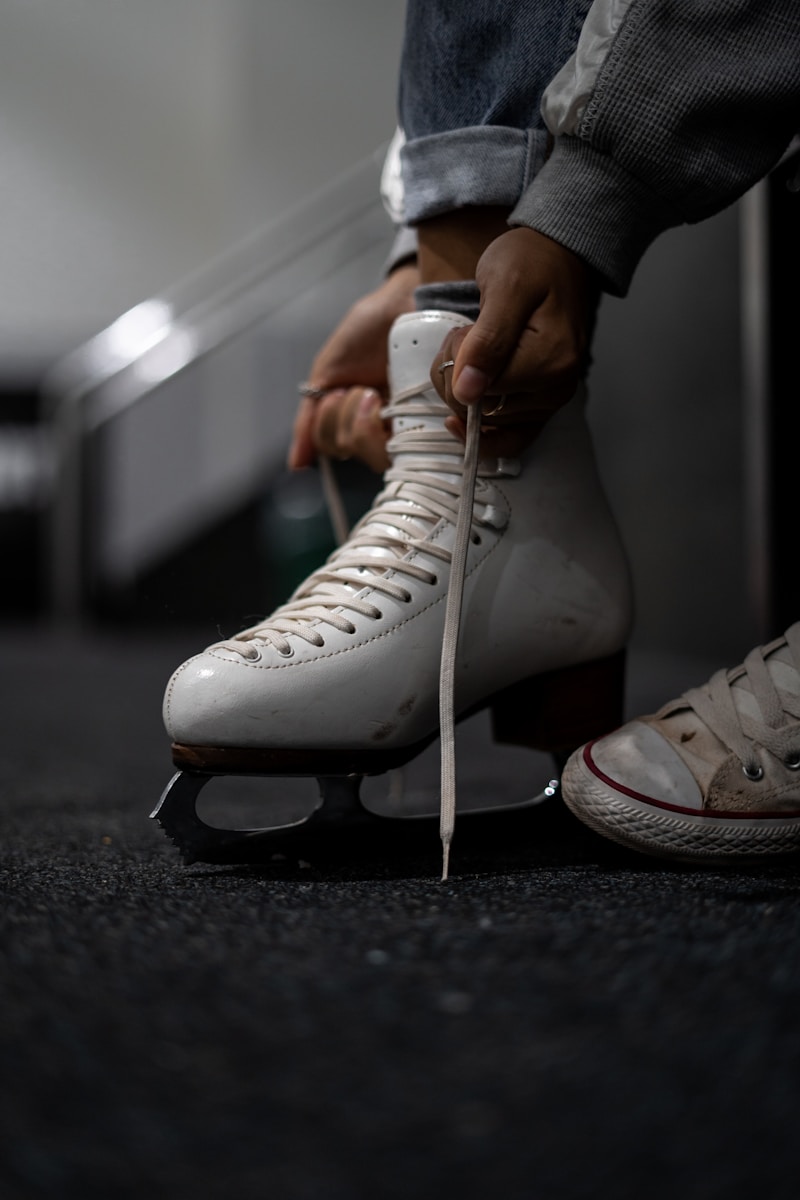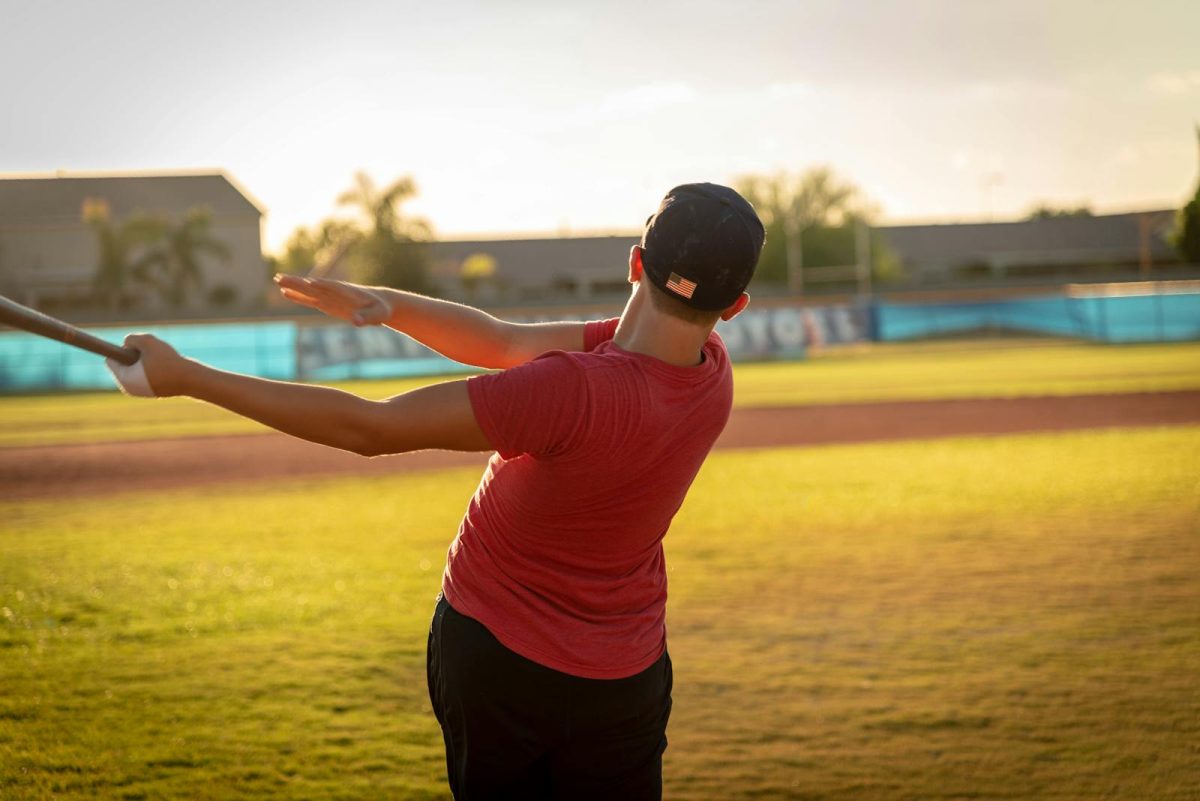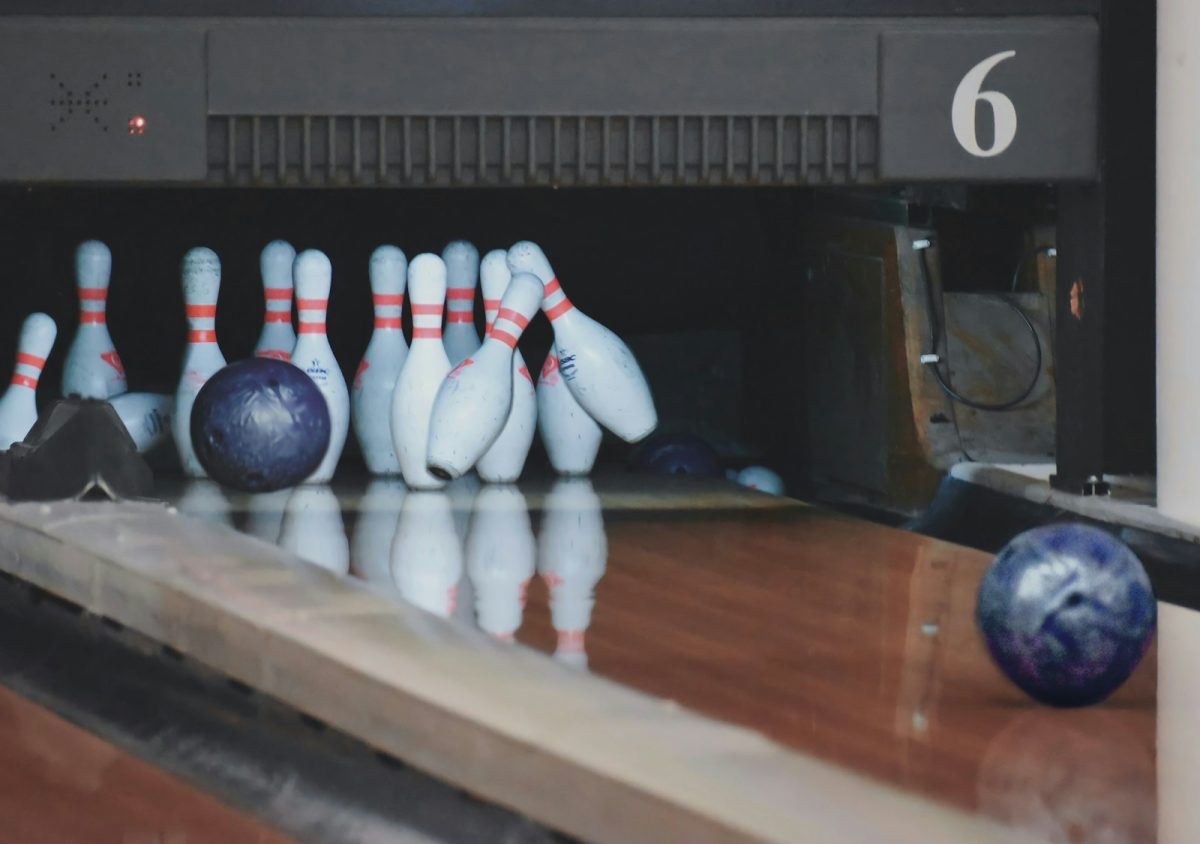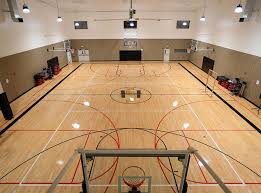Figure skating and hockey have always been popular sports that people relate to ice rinks and ice sports. However, the two sports are completely different since one sport focuses on landing and completing jumps and spins as cleanly as possible, and the other focuses on scoring goals. The skates that figure skaters and hockey players wear have huge impacts on the way they play the sport, so let’s take a deeper dive into these well-designed inventions.
The Boot
Figure skating and hockey boots are drastically different in many ways. Starting with the boot, figure skates are heavier than hockey skates. Figure skates are made out of synthetic materials and are often covered in leather. The boot is taller to provide better ankle support for your foot so you can land jumps more smoothly. The boot is padded on the inside, especially towards the ankle area. This adds a bit more comfort to the boot. Hockey skate boots, on the other hand,d are different. The overall weight of hockey skates is lighter, which makes it easier for players to turn quickly and be more agile when skating on the rink. Due to the roughness of the sport, hockey skates are made of molded plastic, which is more sturdy than figure skating boots. This is an important part to note since players need to be able to protect themselves from other players’ hockey sticks, skates, and the puck. Hockey skate boots are shorter, and they allow more mobility.
The Blade
Figure skating and hockey blades are also another part of what makes the two sports so different. Figure skating blades are long and have slight curve near the front of the blade. The little curve is the spot where skaters perform spins, and is often called the “rocker” or the “sweet spot”. In front of this curve is the toe pick, or the part in the front of the blade that has little spikes. The toe pick is important for many jumps in skating, like the toe-loop, the flip, and the lutz jump. All three of these jumps use the toe pick to launch the skater up into the air. Figure skating blades are also thinner than hockey skates at about 5mm thick. This thin blade allows skaters to glide more easily on the ice and maintain less friction, letting the athlete complete tricks more easily. Hockey blades, on the other hand, are shorter, rounded, and thicker. Their short and rounded attributes help hockey players maneuver and turn easily, which is crucial for the sport. The wider blade thickness is also used to help players perform swift turns.
Together, the boot and the blade help create two different skates for two different sports, each providing support and protection to skaters. Maybe next time you watch figure skating or hockey, you’ll understand a bit more about how athletes do what they do.
RELATED STORIES:
https://www.purehockey.com/c/figure-skates-vs-hockey-skates
https://www.hockeymonkey.com/learn/figure-skates-vs-hockey-skates-comparison
https://skatingforums.com/index.php?topic=8691.0
TAKE ACTION:
https://www.purehockey.com/c/hockey-skate-runners-steel-replacement-blades






